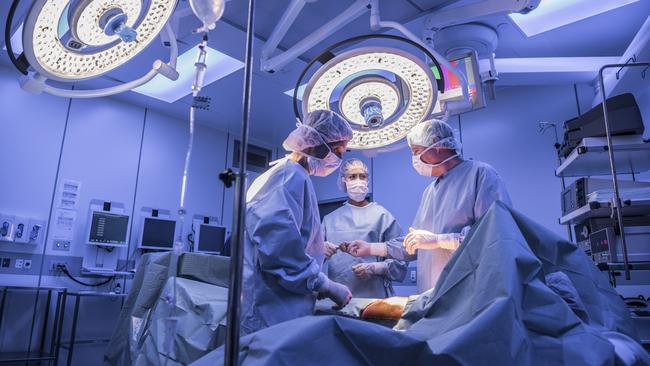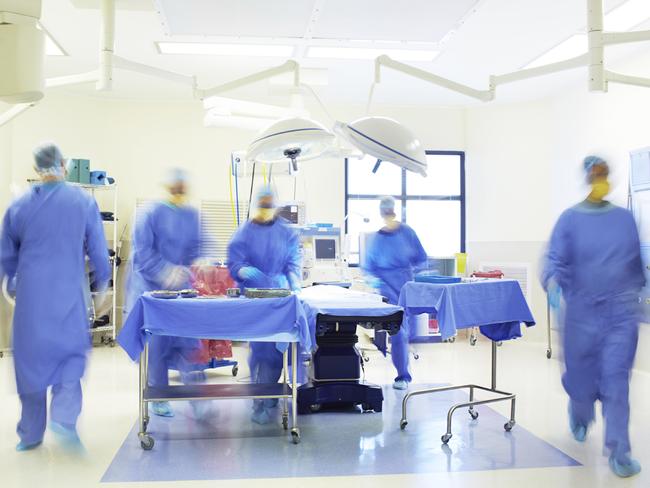Health fund members pay much more for medical devices in private hospitals than in public ones
HEALTH fund members are paying $300 million a year more for medical devices in private hospitals than in public hospitals.

Health
Don't miss out on the headlines from Health. Followed categories will be added to My News.
THE battle over next year’s health fund price rise has begun with revelations premiums are $100 a year higher than they should be because devices like hip and knee replacements cost more in private hospitals.
Health fund members are paying $300 million a year more for medical devices in private hospitals than in public hospitals, a report obtained exclusively by News Corp shows.
However, the Medical Technology Association of Australia (MTAA), which commissioned the report, says while cutting prices by that amount might lower premiums it could see some devices removed from the market.
“The risk we run if we implement cuts that are too big, or that are implemented too quickly is the impact it can have on the continuing availability of technology,” MTAA chief Ian Burgess said.
“This technology may not be viable in the private market and patients may end up paying gap payments,” he said.
The report will be a key weapon in a mighty battle over health insurance inflation that is about to erupt with health funds claiming medical device over pricing is even higher at $800 million a year.
A report by the government’s Independent Hospital Pricing Authority is expected to show the price difference is $1 billion a year, an amount that could lead to cuts in health fund premium rises of $370 a year.

A Federal Government committee sets the prices health funds pay for medical devices and health insurers want an across-the-board cut in prices to relieve pressure on their premiums which have been going up at over three times the inflation rate.
Health funds have to put in their applications for the April 2018 premium rise by November so they can be approved by Health Minister Greg Hunt. This means he has to act soon.
The size of the next health fund premium rise due in April next year will depend in part on how much the minister is prepared to cut medical device prices.
Medical device companies have fired the first shot with their report in an attempt to limit the effect of any price cuts to their industry.
The Price Waterhouse Coopers report was commissioned by the MTAA and compares the prices public and private hospitals paid for devices manufactured by its members which cover 70 per cent of the medical devices implanted in Australians in 2015-16.
It shows on average prices in private hospitals are 15.3 per cent higher and in total health fund members are paying $239 million more in the private sector.
If that average 15.3 per cent difference is applied to the other 30 per cent of medical devices not covered by the research the total savings would be in the order of $305 million, the report estimates.

The price differences are biggest in the cardiac sector where private hospitals pay 35 per cent more than public hospitals (in part because device companies provide follow up support on the device for a decade).
Ophthalmic devices are 18 per cent more expensive in the private sector.
However around one in five medical devices (18 per cent) are actually cheaper in private hospitals than public hospitals.
Mr Burgess says this shows why an across-the-board cut in prices could be harmful and hit small Aussie companies that already charge lower prices in the private sector.
He argues price cuts should be staggered and focus on areas where the price difference is greater.
One of the key reasons prices are lower in public hospitals is that they buy in bulk and over a longer period and offer patients less choice in device type, he says.
People buy private insurance to get greater choice and part of that choice is getting a medical device that is clinically relevant to their situation not a product off the shelf in a public hospital, he said.
This choice could be lost if devices prices are driven too low, he says.
Originally published as Health fund members pay much more for medical devices in private hospitals than in public ones

